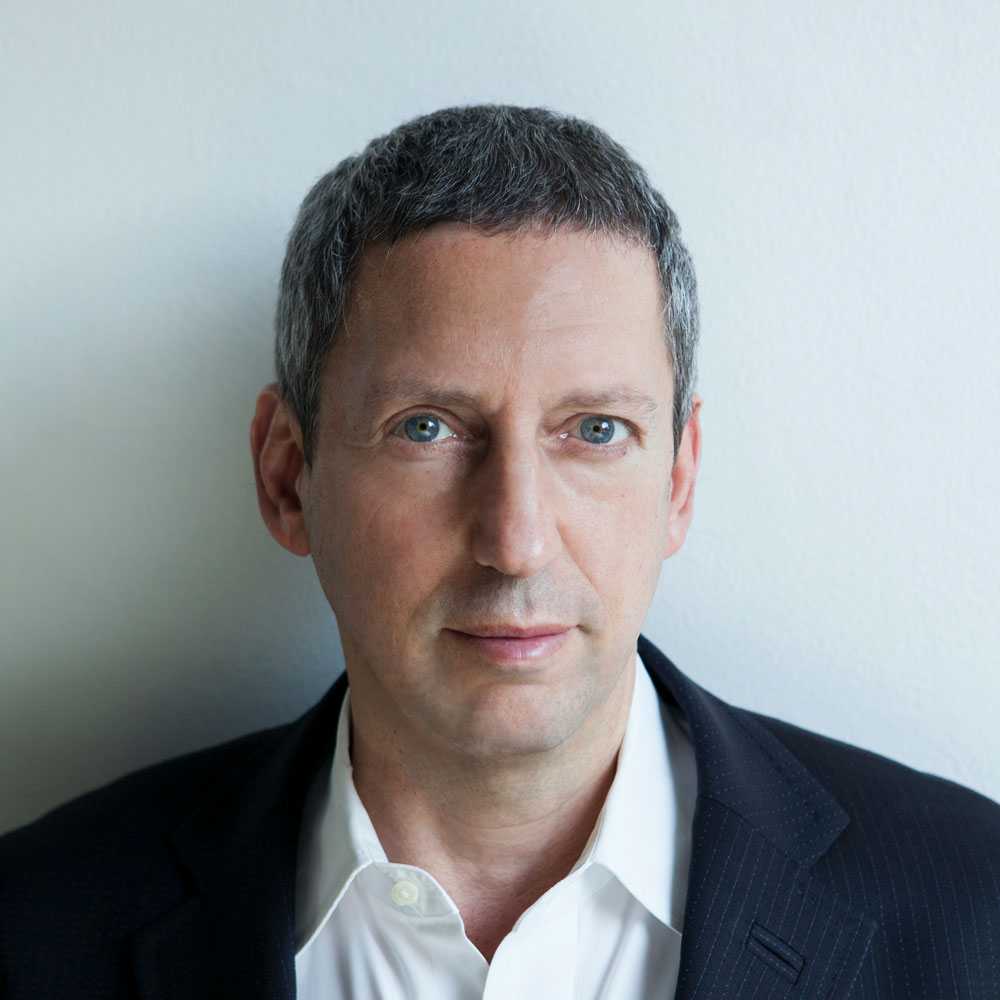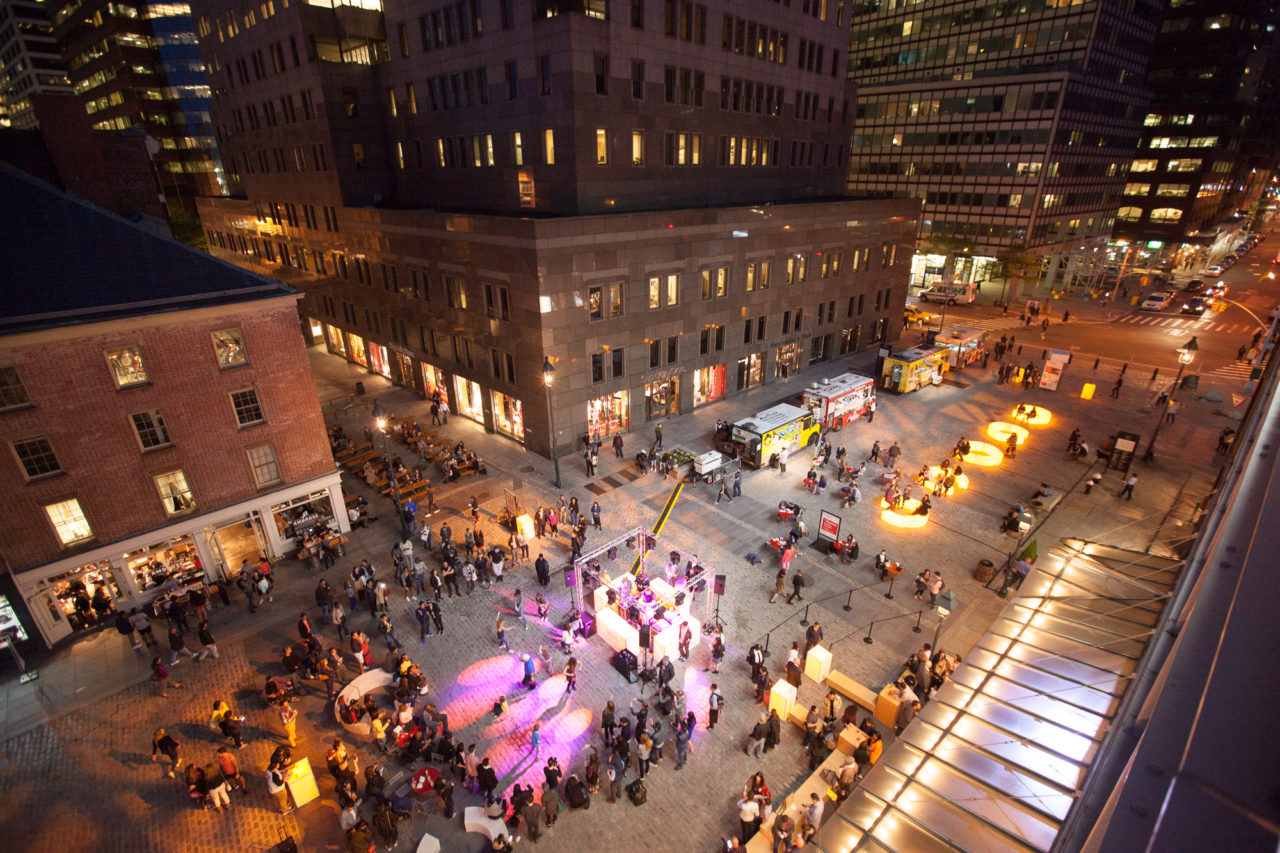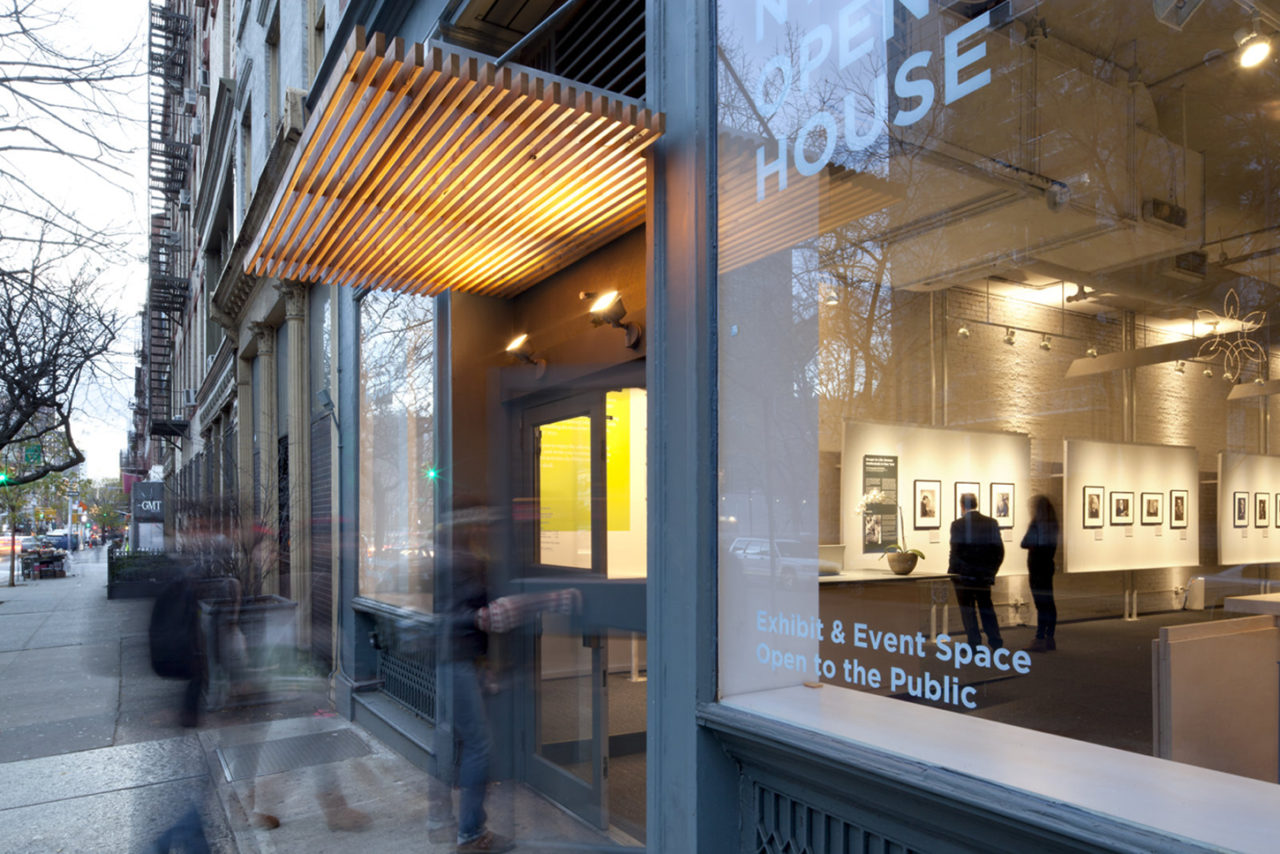by: AIA New York
An internationally recognized architect, author, and filmmaker, James Sanders, FAIA, has interpreted and expanded appreciation of global cities through books, documentary films, and exhibitions, while enhancing the urban landscape through his own design projects. With Ric Burns, he conceived and wrote the award-winning eight-part public television series, New York: A Documentary Film, and its companion volume, New York: An Illustrated History. His landmark study of the city and film, Celluloid Skyline, was hailed by Jane Jacobs as a “marvelous—miraculous—book.” Sanders’ design and research firm, James Sanders Studio, has developed architecture, urban design, exhibition, media, film, and book projects for cultural and corporate partners around the country. His work has garnered him a Guggenheim Fellowship and Emmy Award. Sanders sits on the Board of Directors of the Skyscraper Museum and is a Fellow of the Urban Design Forum.
This year, the Jury of Fellows of the AIA elevated Sanders to its prestigious College of Fellows in the second category of Fellowship, which recognizes architects who have made efforts “To advance the science and art of planning and building by advancing the standards of architectural education, training, and practice,” according to the organization’s definition. Only three percent of the AIA’s membership is distinguished with Fellowship.
Q: How/why did you decide to pursue architecture?
I had always been interested in architecture and was drawing floor plans and perspectives of buildings by the time I was 13. It was an “open house” visit for high school students on a quiet Saturday to the old AIA New York chapter, in its townhouse on West 40th Street, that gave me direction toward the actual profession of architecture.
Q: What are some of your favorite recent projects that you’ve worked on?
Ric Burns and I are now completing two new episodes of our New York: A Documentary Film series for public television, for broadcast in early 2021, and two new chapters of our Knopf companion volume, New York: An Illustrated History, which will be published this fall. Together they tell the epic story of New York since 9/11, including the pandemic and its impact on the city. Structuring and writing this extraordinary recent history has been challenging and sometimes exhausting, but also immensely rewarding.
Q: How can architects address systemic racism and inequity in their practice?
This is an enormous question and challenge, and it is obviously one that is beyond the capacity of architects to solve by themselves. But that fact that one can’t do everything, as the old saying goes, does not mean one shouldn’t do anything. And the obvious response to the problem can be as small as working harder to ensure mentoring and employment opportunities for young architects of all backgrounds, to larger efforts to support and work on projects that strive for a more equitable future for all, especially in the areas of affordable housing and public transportation.
Q: What do you see as an architect’s role—and responsibility—within our culture?
In my research on the history of subsidized housing in New York—which became a two-part exhibition called “At Home in the City”—I was struck at how many of the crucial housing reforms of the early 20th century were led by practicing New York architects, including some, like Ernest Flagg, who were principals of busy commercial firms in Manhattan. I feel we should recall and reanimate the sense of leadership and responsibility that that earlier generation of architects felt not only for their profession but the state of society as a whole—and especially its least privileged members.
Q: What do you think are the biggest challenges, or opportunities, facing cities today?
The obvious challenge of our moment is recovery from the pandemic, which tore with especial force on the very things—concentration, density, interconnectedness—that make urban life what it is. A special area of focus must be our streetscapes, and making sure retail businesses—already under stress even before the pandemic—survive and thrive, to ensure the the liveliness and activity of our streetscapes.
Q: What are your greatest sources of inspiration?
I continue to draw inspiration from wonderful architects of the past century—from Louis Kahn to Robert Venturi and Denise Scott Brown—but also find myself inspired by wonderful authors and critics, especially those who write about the city—Phillip Lopate and Suketu Mehta and Adam Gopnik come to mind—as well as filmmakers, artists, photographers, and others who not only render our urban environment and but, through their work, create magical urban worlds of their own.
Editors’ Note: This feature is part of a series celebrating the members of the American Institute of Architects (AIA) New York Chapter who are elevated each year to the AIA College of Fellows, an honor awarded to members who have made significant contributions to both the profession and society. Learn more about Fellowship here.













